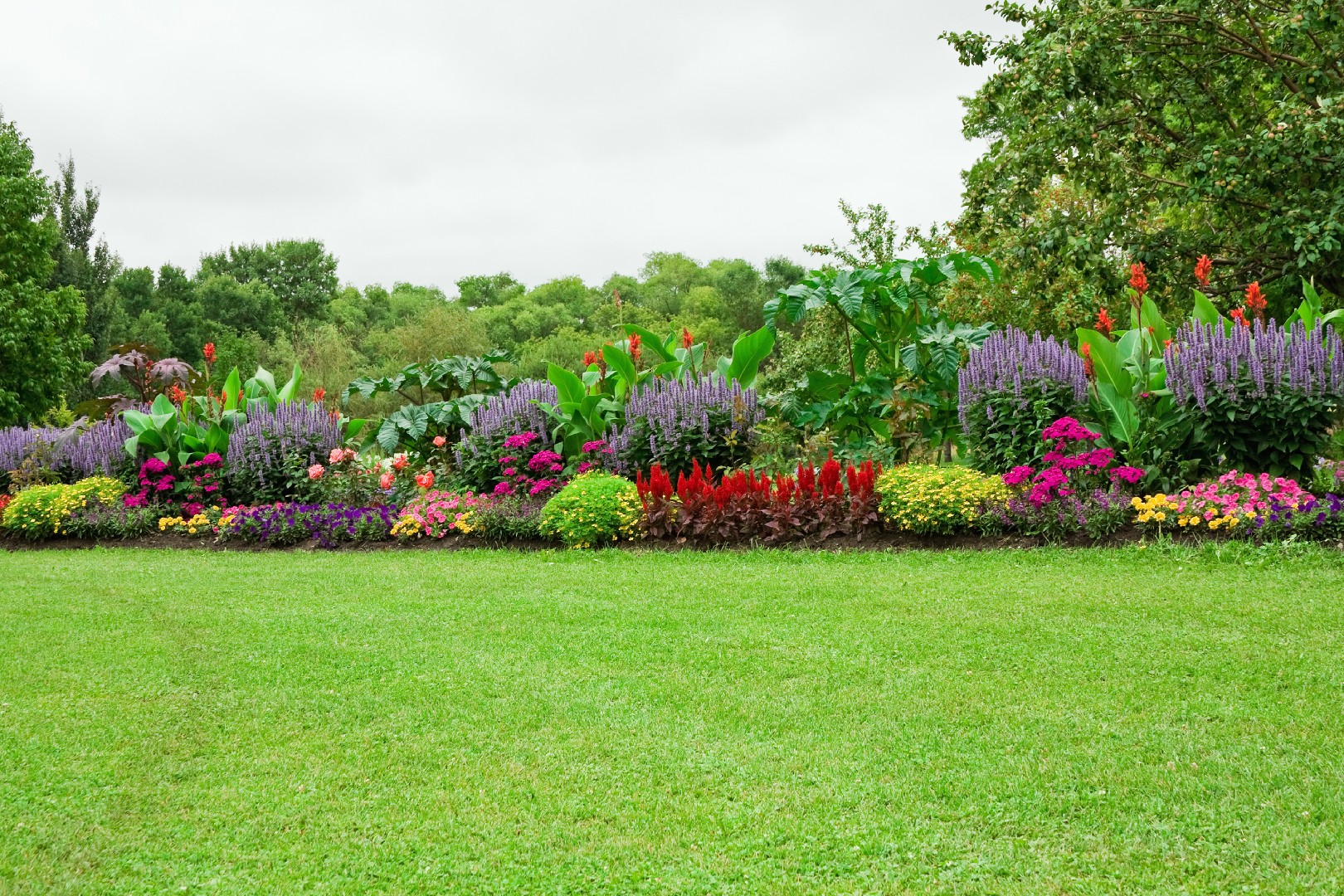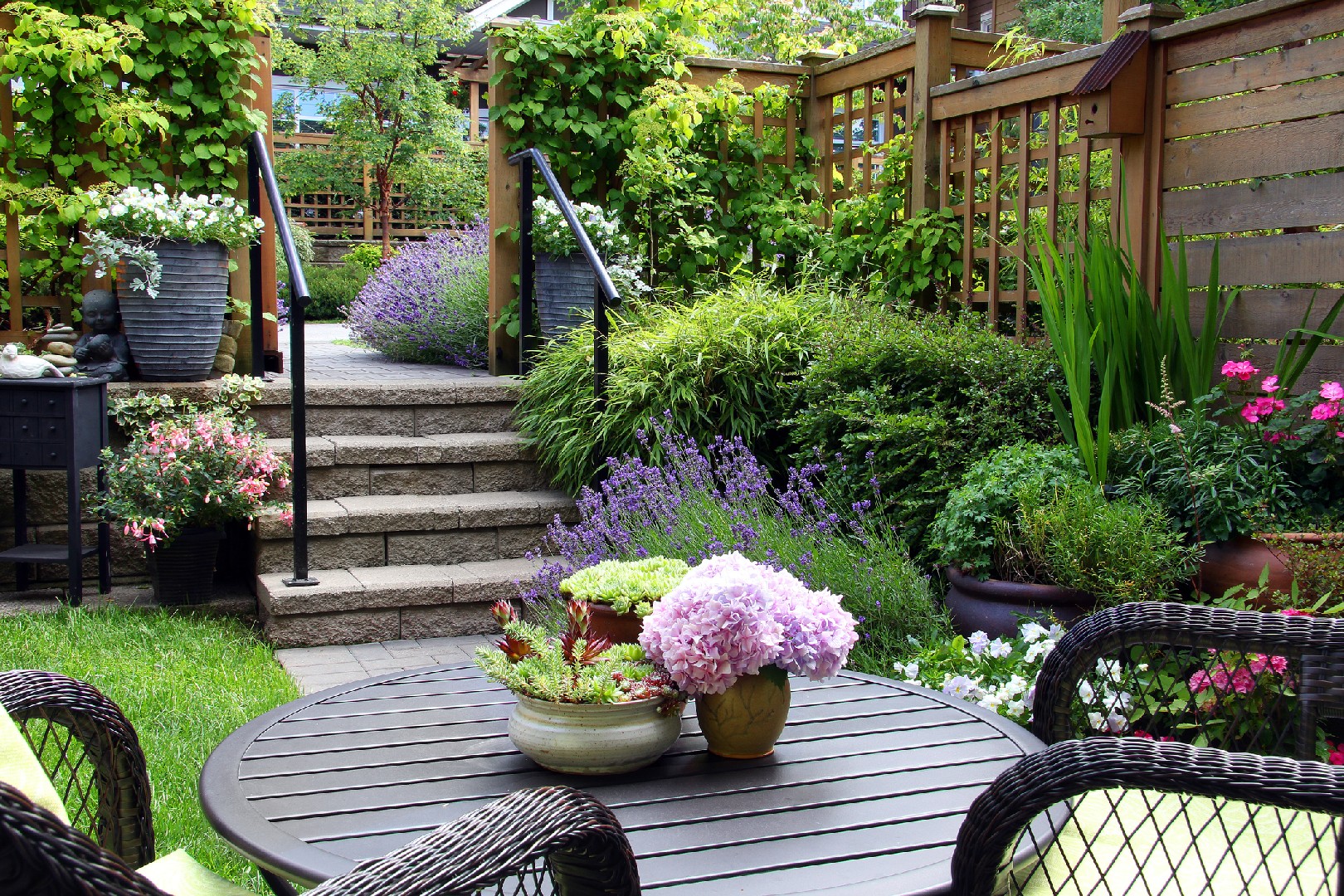![Rectangle]()
Fundamentals of Color Theory
Color theory is a fundamental aspect of landscape design that can transform your garden into a work of art. By understanding the principles of color and how they interact with each other, you can create visually stunning and harmonious outdoor spaces. In this section, we will explore the basics of color theory and its application in landscape design.
One of the first things to understand is the color wheel, which is a visual representation of how colors relate to each other. The color wheel is made up of primary, secondary, and tertiary colors. Primary colors, namely red, blue, and yellow, cannot be created by mixing other colors and are the building blocks of all other colors. Secondary colors, such as orange, green, and purple, are created by mixing two primary colors. Tertiary colors are made by mixing a primary color with a secondary color.
In addition to understanding the colors themselves, it is important to be familiar with concepts like hue, saturation, and value. Hue refers to the specific shade of a color, for example, whether it is a bright or muted version of blue. Saturation refers to the intensity or purity of a color, with fully saturated colors appearing vibrant and pure, while desaturated colors appear more muted. Value, on the other hand, relates to the lightness or darkness of a color.
Understanding the impact of color on mood and perception is also crucial in landscape design. Different colors evoke different emotions and can create a specific atmosphere in your garden. For example, warm colors like red and orange are associated with energy and excitement, making them great choices for spaces where you want to encourage social interaction, such as an outdoor seating area. On the other hand, cool colors like blue and green evoke a sense of calm and tranquility, making them ideal for creating a peaceful oasis in your garden.
When applying color theory in landscape design, it is important to consider the overall theme or desired mood of your garden. If you want to create a visually stimulating space, you can use complementary colors, which are opposite each other on the color wheel, to create contrast and interest. On the other hand, analogous colors, which are adjacent to each other on the color wheel, can create a harmonious and soothing atmosphere.
To make the most of color theory in your garden, consider incorporating different hues, saturations, and values of the same color to create depth and visual interest. Additionally, experiment with different color combinations and consider the surrounding environment, such as the color of nearby buildings or plants, to ensure a cohesive and pleasing design.
By understanding the fundamentals of color theory, you can confidently use nature's palette to paint your garden with vibrant and harmonious colors. Whether you want to create a lively and energetic space or a tranquil and serene oasis, color theory is a powerful tool that can elevate your landscape design to the next level.





